Capoeira, the mesmerizing Afro-Brazilian martial art that dances on the fine line between combat and performance, has captivated audiences and practitioners worldwide. With its roots deeply embedded in the history of slavery and resistance, this art form is as much a cultural expression as it is a physical discipline. The rhythmic movements, the haunting melodies of the berimbau, and the intricate interplay between players create a spectacle that transcends mere sport or dance.
The origins of capoeira are shrouded in the shadows of Brazil's colonial past. Brought to the shores of South America by enslaved Africans, it emerged as a clandestine form of self-defense disguised as dance. The plantation owners, fearing rebellion, prohibited martial arts among slaves. In response, the practitioners of capoeira cleverly masked their training as harmless folk dancing, incorporating music and acrobatic movements to avoid detection. This duality of purpose - survival and subversion - remains at the heart of capoeira's essence today.
At the center of every capoeira roda (circle) stands the berimbau, a single-string percussion instrument that dictates the rhythm and style of play. The berimbau's melancholic twang, accompanied by the pandeiro (tambourine), atabaque (drum), and singing, creates the musical foundation without which capoeira cannot exist. This inseparable connection between movement and music distinguishes capoeira from all other martial arts, making it a unique cultural phenomenon that engages all the senses.
The ginga, capoeira's fundamental movement, serves as the base from which all other techniques flow. This constant swaying motion, resembling a dance step, allows practitioners to maintain balance while remaining unpredictable to their opponents. From this foundation spring an array of kicks, sweeps, and acrobatic maneuvers, each with poetic names like "rabo de arraia" (stingray's tail) or "meia lua de compasso" (compass crescent moon). The fluidity of these movements creates the illusion of a choreographed dance, masking the potentially devastating combat applications.
Modern capoeira exists primarily in two distinct styles: Angola and Regional. Capoeira Angola, considered the more traditional form, emphasizes slower, ground-level movements and maintains stronger ties to the art's African roots. Mestre Pastinha, one of its most famous proponents, described it as "the mother of capoeira." In contrast, Capoeira Regional, developed by Mestre Bimba in the 1930s, incorporates faster, more athletic movements and was created as a response to the art's marginalization in Brazilian society. This dichotomy between tradition and innovation continues to shape capoeira's evolution as it spreads across the globe.
The philosophy underlying capoeira extends far beyond physical technique. Practitioners speak of "malicia" - a concept that combines cunning, awareness, and the ability to read situations. This mental aspect teaches players to navigate not just the roda, but life itself, with wisdom and adaptability. The respect demanded between players, regardless of skill level, fosters a sense of community that many find transformative. In the words of many mestres, "Capoeira is not just something you do; it's something you live."
As capoeira gained international recognition throughout the 20th century, it underwent significant transformations. Once persecuted in Brazil (it was illegal until the 1930s), it has now been recognized by UNESCO as an Intangible Cultural Heritage of Humanity. Contemporary capoeira schools can be found from Tokyo to Toronto, each interpreting the art through their own cultural lenses. This global spread has led to fascinating hybrid forms while sparking debates about cultural preservation versus evolution.
The physical benefits of capoeira training are undeniable. Practitioners develop extraordinary flexibility, strength, and cardiovascular endurance. The constant improvisation required in the roda sharpens reflexes and spatial awareness. Yet perhaps more valuable are the psychological benefits - increased confidence, stress relief, and the joy of musical expression. Unlike many martial arts that focus solely on combat, capoeira nurtures creativity and individual style, allowing each practitioner to develop their own "game."
Capoeira's influence permeates popular culture in ways many don't realize. Its distinctive movements have been incorporated into breakdancing, contemporary dance, and even Hollywood fight choreography. Video game characters like Eddy Gordo from Tekken have introduced capoeira's dynamic kicks to millions of gamers worldwide. Meanwhile, Brazilian music genres from samba to axé bear the unmistakable imprint of capoeira rhythms and call-and-response singing styles.
Learning capoeira today means becoming part of a living tradition that spans centuries. Beginners start by mastering basic movements and Portuguese commands, gradually progressing to more complex sequences and musical instruments. The belt system, using colored cords, marks a student's advancement, but true mastery is measured in decades rather than years. Many non-Brazilian practitioners now travel to Salvador da Bahia, capoeira's spiritual home, to deepen their understanding at the source.
The future of capoeira appears vibrant yet faces challenges. As commercialization increases, some fear the dilution of its cultural significance. Others worry about the loss of traditional knowledge as elder mestres pass away. Yet the art's inherent adaptability - the same quality that allowed it to survive oppression - suggests capoeira will continue to evolve while maintaining its core identity. New generations are finding innovative ways to honor tradition while making the art relevant to contemporary realities.
To witness a capoeira roda is to experience something primal yet sophisticated, ancient yet vibrantly alive. The circle of clapping participants, the call of the lead singer, the explosive flurry of movement between two players - these elements combine to create a ritual that has endured against all odds. More than just a martial art or cultural artifact, capoeira stands as a testament to human creativity and resilience, a beautiful paradox where combat becomes art and oppression transforms into celebration.

By James Moore/May 8, 2025
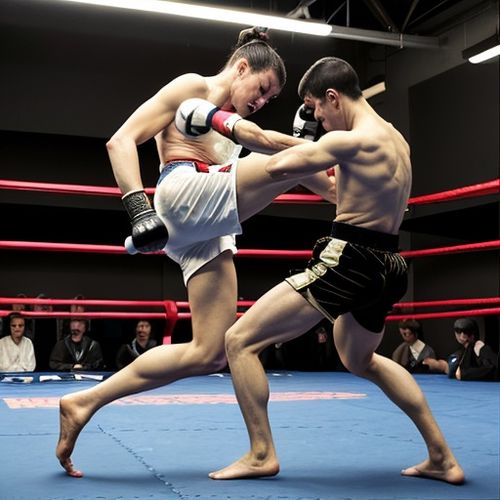
By Elizabeth Taylor/May 8, 2025
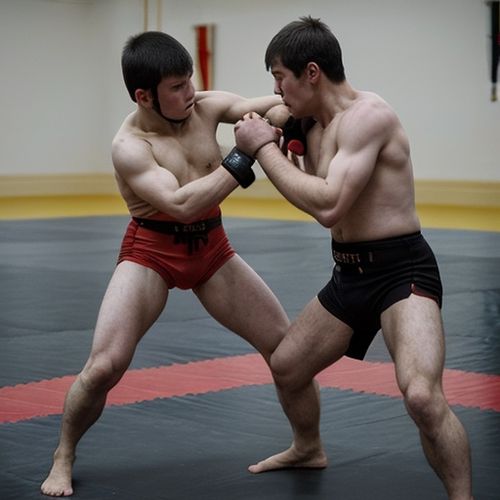
By Emily Johnson/May 8, 2025
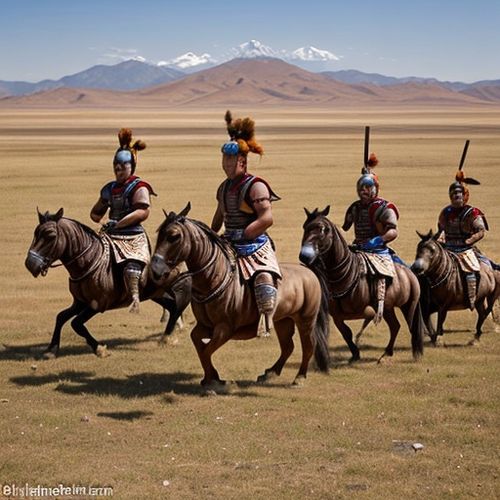
By James Moore/May 8, 2025
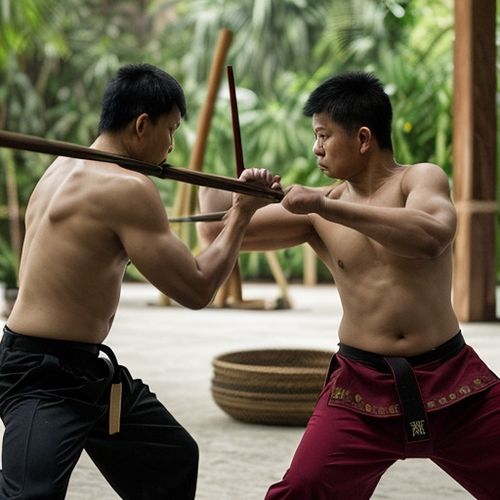
By Joshua Howard/May 8, 2025
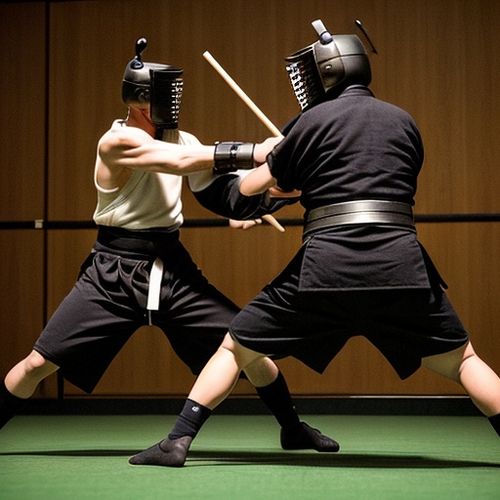
By Noah Bell/May 8, 2025
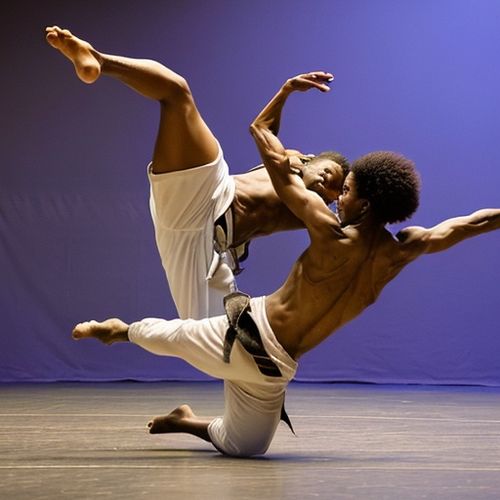
By Samuel Cooper/May 8, 2025
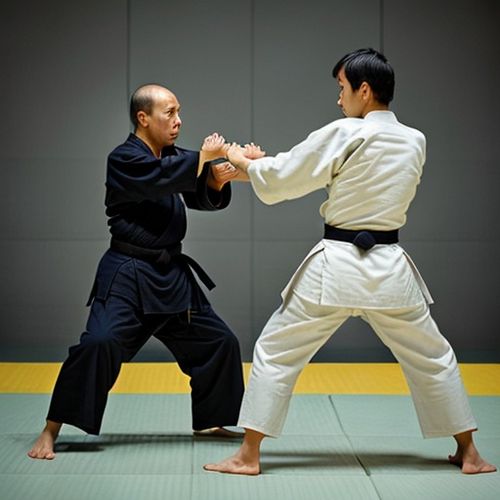
By Sophia Lewis/May 8, 2025
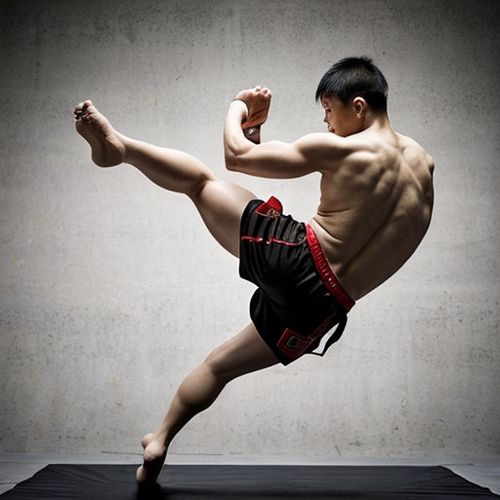
By Sophia Lewis/May 8, 2025
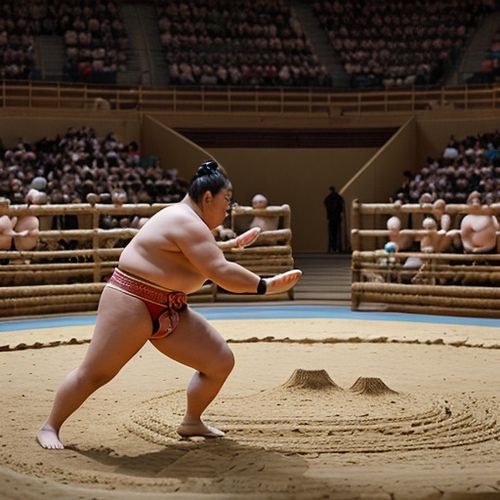
By Noah Bell/May 8, 2025

By Sophia Lewis/May 8, 2025
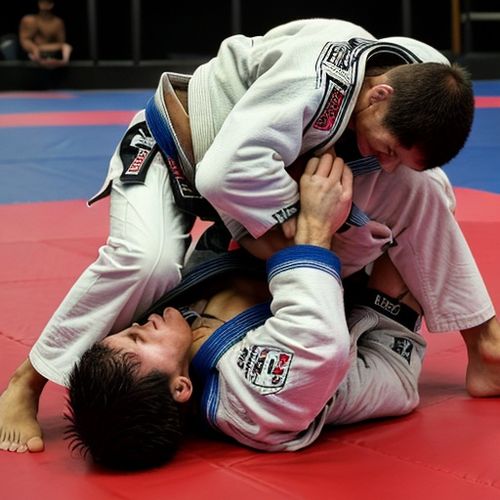
By Christopher Harris/May 8, 2025
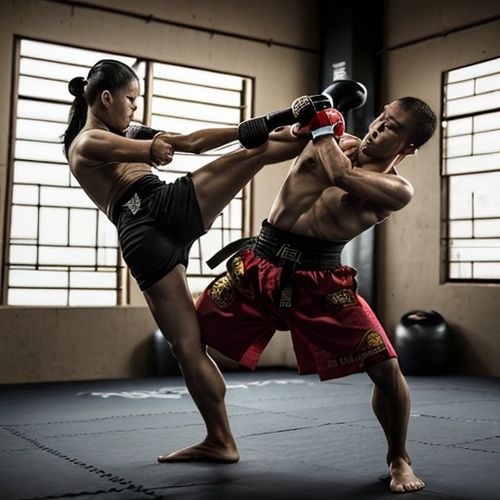
By Victoria Gonzalez/May 8, 2025
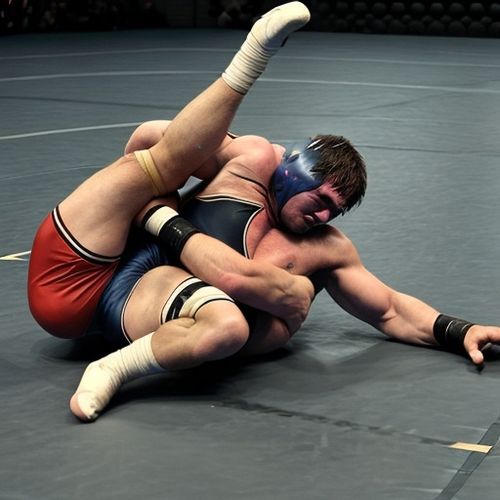
By Sarah Davis/May 8, 2025

By Joshua Howard/May 8, 2025
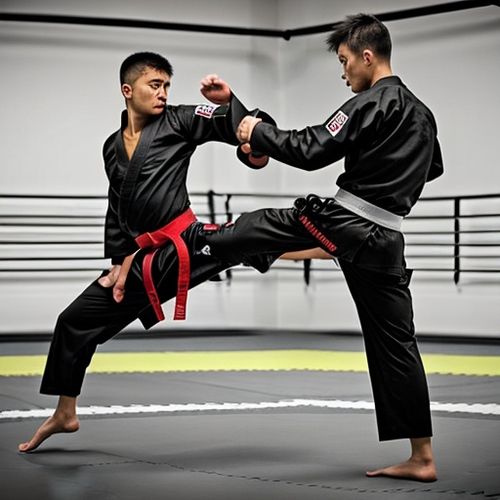
By Sarah Davis/May 8, 2025
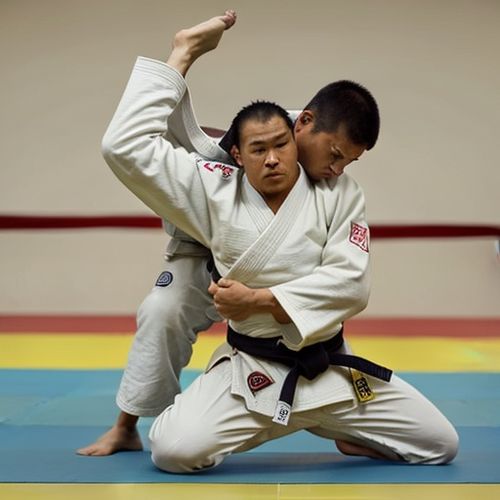
By Amanda Phillips/May 8, 2025
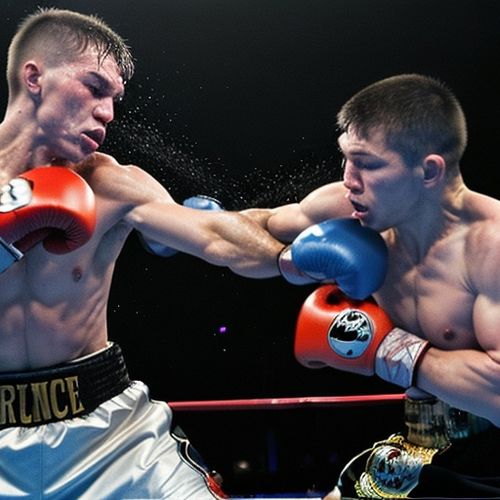
By Thomas Roberts/May 8, 2025

By Victoria Gonzalez/May 8, 2025

By Noah Bell/May 8, 2025